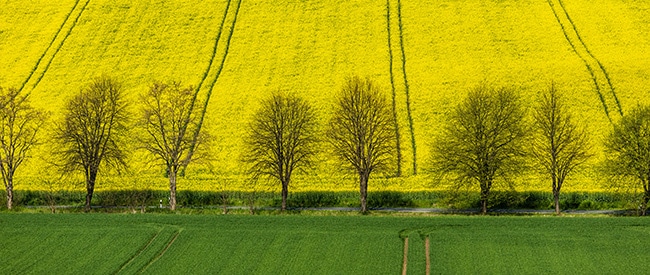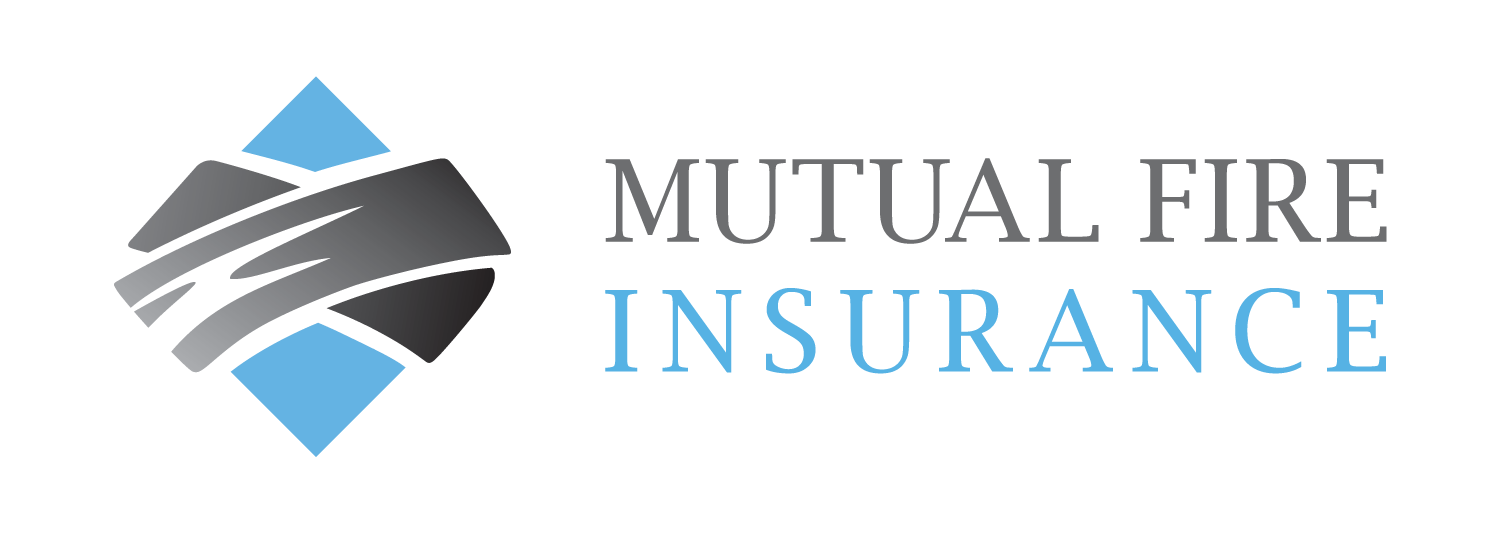3 Helpful Ways Windbreak Trees Protect Your Farm & How You Can Get Insurance Coverage for Them

Windbreak trees—also known as shelterbelts—are groups of bushes, deciduous, and coniferous trees planted with purpose. The majority of farming operations can benefit from a well-thought-out plan for shelterbelts, plus the Government of Canada has an excellent resource for planting farmyard, field, dugout, and livestock windbreak trees.
Here are just some of the ways windbreak trees can benefit your farm…
1. Control Wind
On the prairies and in valleys with wide swaths of land, winds can pick up speed quickly. Windy conditions often make working in the farmyard difficult; no one wants to go chasing after empty feed bags or fix broken equipment that’s fallen on a blustery day. Pushing wind currents up and over a barn or a home creates a small microclimate. The zone protected by your windbreak trees has a noticeably calmer environment. Plus, less cold wind means a reduction in heating costs for homes and barns because units aren’t competing to warm up with constantly blowing winds.
2. Prevent Soil Erosion
Winds can erode healthy soil. Not only do shelterbelts push wind up away from fields, the trees also grow strong roots anchoring the soil where it is needed.
3. Catch Snow
Windbreak trees can trap snow—preventing it from filling driveways or roadways. Hopefully, it also leads to a bit less time clearing snow too! Additionally, trapping snow in strategic areas can control where snow melts. For example, feeding water into a dugout or dyke that supplies water for livestock or fields.
Insurance Coverage for Windbreak Trees
Mutual Fire Insurance offers specific insurance coverage for shelterbelt trees that are purposefully planted on a farm. Talk to an insurance broker in your area to add Windbreak Tree coverage to your farm insurance policy.

